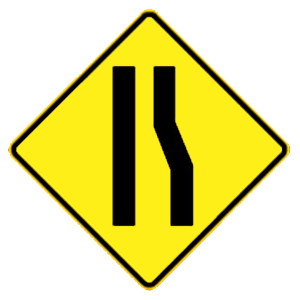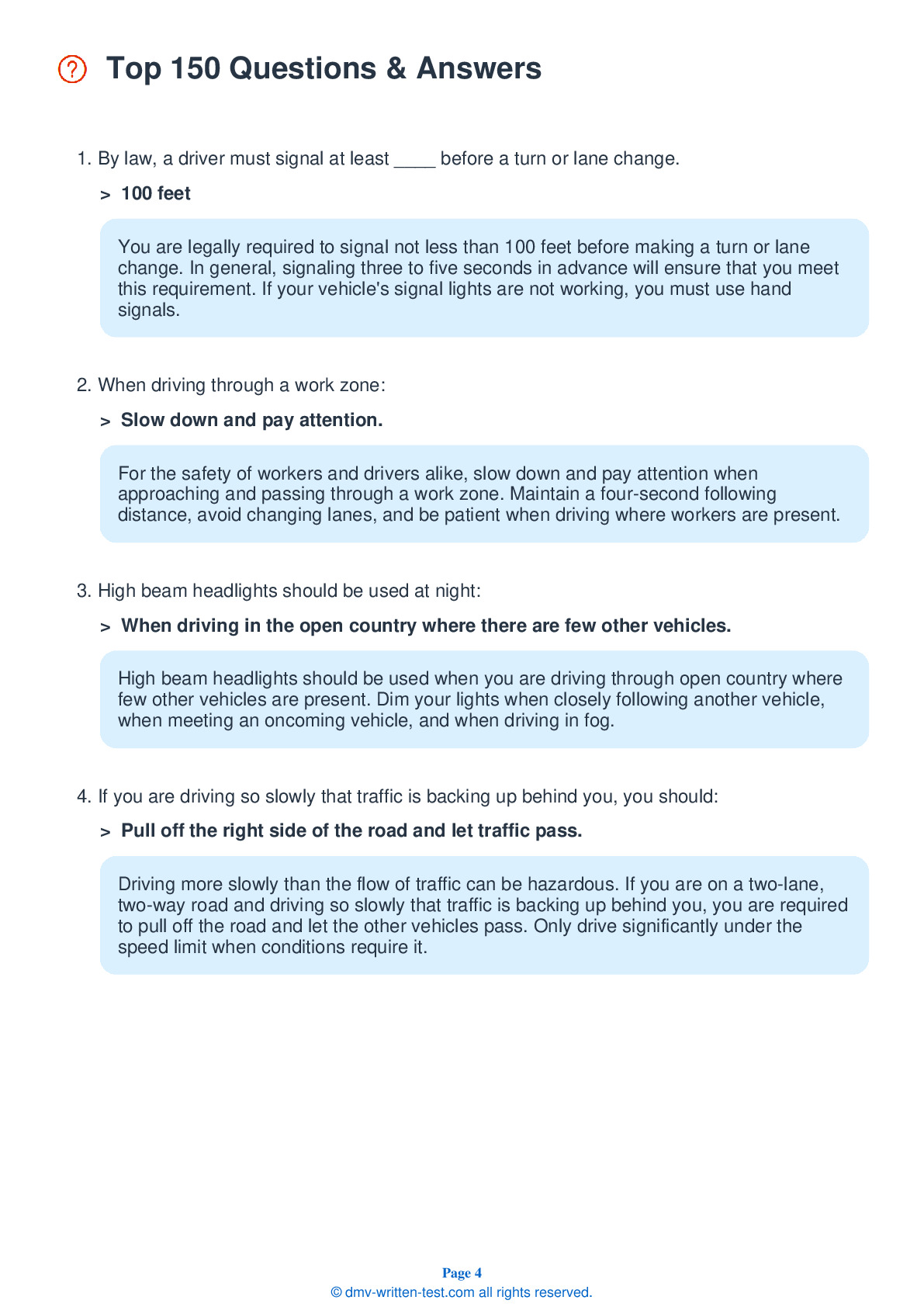2025 Vermont Permit Test 16
The following questions are from real DMV written tests. These are some of the actual permit questions you will face in Vermont. Each permit practice test question has three answer choices. Select one answer for each question and select "grade this section." You can find this button at the bottom of the drivers license quiz. For a complete list of questions and answers for Vermont please visit https://cheat-sheets.dmv-written-test.com/en/vermont/car.
Number of Tests
Number of Question
Passing Score
14. A flashing red light on a traffic signal means:
Explanation
A flashing red light means the same thing as a stop sign. If you encounter a flashing red light, you should come to a complete stop, yield to appropriate traffic and pedestrians, and only proceed when it is safe to do so.
15. You may drink alcoholic beverages in a vehicle on a public highway:
Explanation
It is against the law to consume or possess any alcoholic beverage while on a public road or sidewalk. Additionally, storing an open alcoholic beverage container in an area of a motor vehicle normally occupied by the driver or passenger is prohibited on any public road.
16. Which of the following must you obey over the other three?
Explanation
Directions given by traffic officers take precedence over signs, signals, and pavement markings. People authorized to direct traffic include police officers, fire police, highway work area flag persons, and school crossing persons.
17. Always signal when:
Explanation
Your turn signals should always be used when you make any movement to the left or right. You should use your signal when pulling into traffic from a curbside parking space, moving into a new lane, or passing another vehicle.
18. What should you do when you are going to enter a roadway from a private road?
Explanation
When entering a roadway from a driveway or private road, you must yield the right-of-way to pedestrians and traffic on the roadway.
19. This sign means:

Explanation
Warning signs are usually diamond-shaped with black markings on a yellow background. They alert drivers to upcoming hazards. This sign warns drivers that the right lane is ending or that the road is narrowing ahead.
20. When passing another vehicle on a road with two lanes traveling in opposite directions, you should:
Explanation




